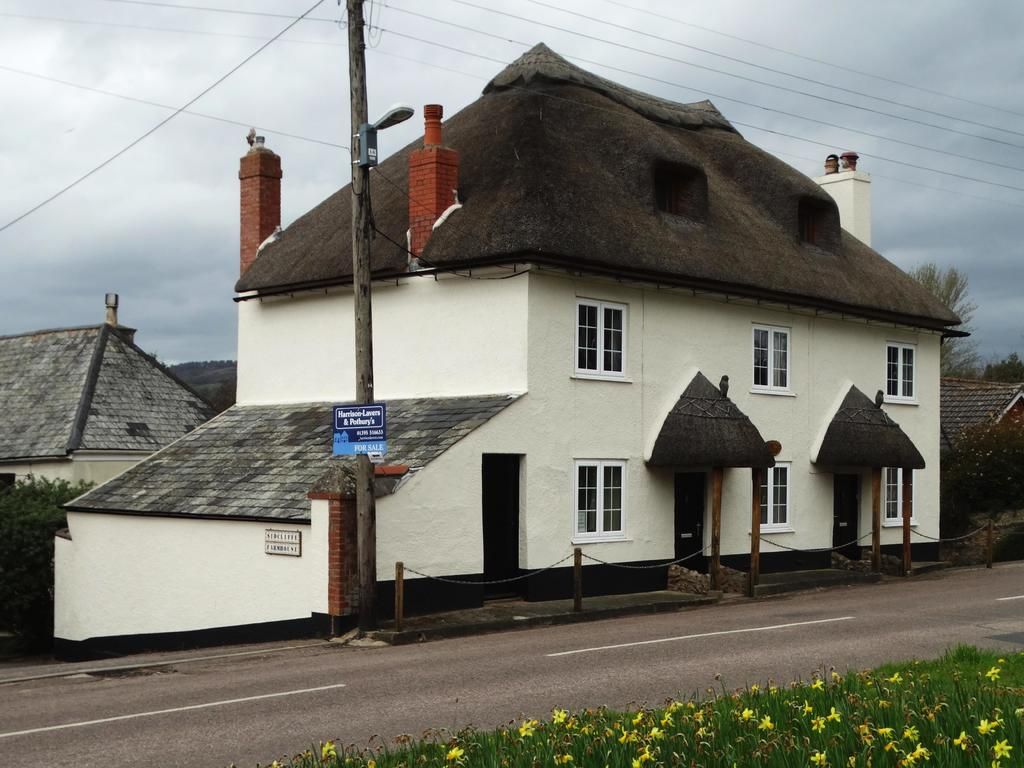WordPress Restriction on Editable Areas: Explanation of Inaccessible Regions
WordPress can be a breeze to navigate, but you might've stumbled upon parts that feel off-limits. Ever wondered, why can't I edit certain sections on my WordPress site? This guide's for you! Let's uncover the reasons and teach you ways to regain control.
Here's a quick rundown of the topics we'll cover:
- Decoding the WordPress Layout Puzzle
- Is it the Fault of Page Builders?
- Are You Missing the Admin Privileges?
- Widgets and Customizer Settings: Key Players
- Locked Down Sections by Theme Customization
- Is it a Plugin Causing the Issue?
- Hard-coded Sections in the Theme Files
- Multisite or Multilingual Restrictions
- Retaking Control of Your WordPress Site
Interested in additional insights? Here you go:
Overall:- Several factors can halt your editing process: Theme editor restrictions, insufficient permissions, plugin or theme limitations, server or PHP constraints.- To regain control: Review user role and permissions, re-enable theme editor, deactivate security plugins, augment WordPress memory limit, identify theme/plugin conflicts.
Now, let's dive into the details!
1. Cracking the WordPress Structure Code
Before we tackle the problem, let's grasp how WordPress organizes its content.
WordPress Themes: The Design Maestros
Themes dictate the layout and design of your site. Some themes limit editing specific sections to keep consistency, especially pre-designed ones.
Core WordPress Files: The Unseen Architects
Certain sections are woven into the theme's core files. If you're not tech-savvy, modifying these sections can appear impossible.
2. Page Builders: Blessings and Challenges
Page builders like Elementor, Divi, or WPBakery are fantastic for customizing your site. However, they can lead to issues, too.
How Page Builders Function
Page builders let you design pages visually. Unfortunately, some sections such as headers or footers might not be editable through these builders since they're managed elsewhere in your theme.
Bouncing Between Editors
You might find yourself ping-ponging between the WordPress editor and the page builder.
3. Permissions: The Administrator's Exclusive Club
If you're not an administrator on your site, your editing freedom will be limited.
User Roles: The Permission Keyholders
WordPress assigns roles (e.g., Admin, Editor, Contributor) that determine what each user can do.
Checking Your Role
Click on Users > All Users in your WordPress dashboard to verify your role. If you're not an Admin, chat with the site owner for access.
4. Widgets and Customizer Settings: The Content Curators
Sometimes, what you think is an impossible-to-edit section is controlled by widgets or the Customizer.
Widgets: The Sidebar and Footer Whisperers
Widgets govern sidebar and footer content. If you can't edit these areas on a page, head to Appearance > Widgets.
Customizer to the Rescue
The WordPress Customizer (Appearance > Customize) usually manages site-wide settings such as logos, menus, and headers.
5. Locked Down Sections by Theme Customization
Some themes intentionally lock specific areas to prevent users from damaging the design.
Premium Themes: More Flexibility, More Control
Upgrading to premium themes gives you more customization options compared to free ones. If you're using a free theme, consider upgrading for access to locked sections.
Theme-imposed Restrictions
Certain themes limit access to specific areas purposefully for a consistent user experience.
6. Is it a Plugin Causing the Issue?
Plugins can sometimes create sections that aren't easily editable.
Identifying the Problematic Plugin
Disable your plugins one by one to check if the issue fades. Often, a plugin adds functionality that doesn't blend seamlessly with your theme.
Finding a Workaround
If a plugin-developed section isn't editable, explore the plugin's settings. Many plugins contain customization panels of their own.
7. Hard-Coded Sections in the Theme Files
If sections you can't edit have been hard-baked into the theme's code, modifying them might be tricky.
Understanding Hard-coding
Hard-coded sections are permanently written into the theme files. These sections aren't accessible through the WordPress dashboard.
How to Edit Hard-coded Sections
You'll need access to your theme files via FTP or the WordPress File Editor (Appearance > Theme File Editor). Keep an eye out for files like header.php, footer.php, or page.php.
8. Multisite or Multilingual Restrictions
Restrictions can arise if your WordPress site forms part of a multisite network or employs a multilingual plugin.
Multisite Complexities
In a multisite setup, some sections might be controlled by the network admin, not individual site owners.
Multilingual Plugins: The Translation Police
Plugins like WPML or Polylang can lock certain sections for translation purposes. Check the plugin settings for editing options.
9. Strategies to Regain Control Over Non-Editable Sections
Here's the information you were looking for! Now, let's discuss solutions.
Use a Child Theme
If your theme restricts editing, consider crafting a child theme. This lets you modify things without affecting the parent theme's core files.
Get in Touch with the Theme Developer
Most premium themes offer support. If you spot a locked section, reach out to the developer for guidance.
Custom-built Solutions with a Developer
For complete control, engage a developer to design a custom theme tailored to your requirements.
The Bottom Line: Regaining Control Over Your WordPress Site
The question why can't I edit certain sections on my WordPress site? often revolves around understanding the intricacies of WordPress, themes, and plugins. While it can be frustrating, there are always resolutions – whether it's diving into the Customizer, employing plugins, or tinkering with code.
Further Reading:
Turbocharge Your WordPress Site: 10 Speed Boosting Techniques
Mastering Audio Plays Restrictions in WordPress
Top 10 WordPress Development Powerhouses
- Some themes limit editing specific sections, especially pre-designed themes, due to the need to maintain consistency in the site's layout and design.
- If you're using a page builder like Elementor, Divi, or WPBakery, some sections might not be editable through these builders since they're managed elsewhere in your theme, leading to the need to toggle between different editors.




